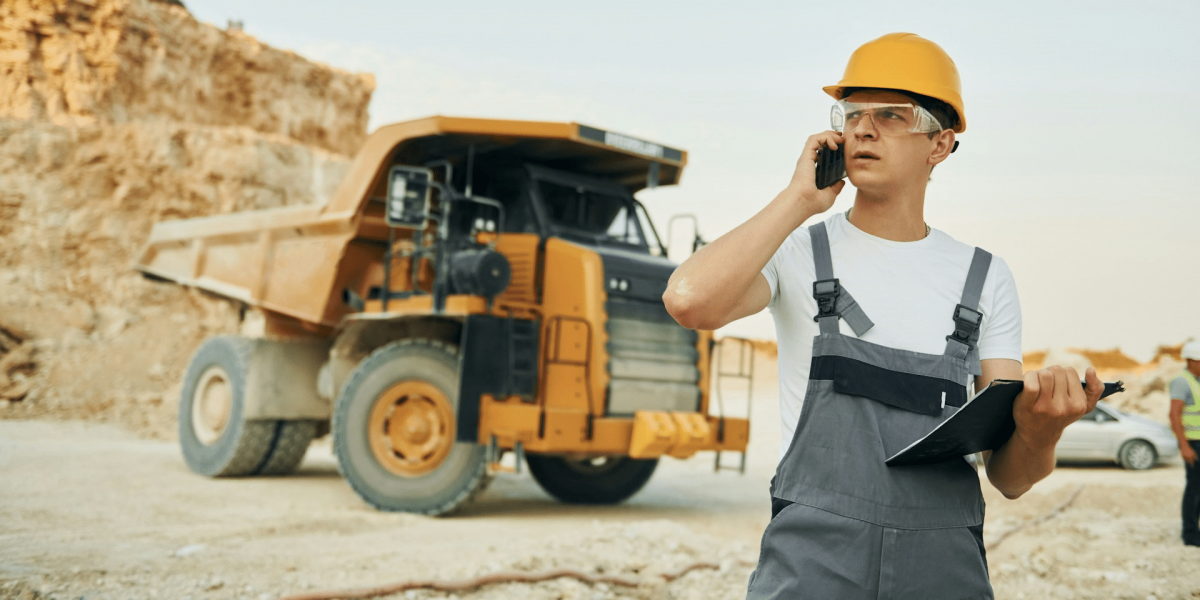As the global demand for lithium rises, driven largely by the boom in electric vehicles (EVs) and renewable energy storage, the construction of new lithium mines has become an urgent priority. Lithium is an essential component of lithium-ion batteries, which power not only electric vehicles but also a wide range of consumer electronics and energy storage systems. The race to secure lithium resources is intensifying, and several projects are now underway across the globe, with significant focus on sustainable mining practices and the socio-economic impacts on local communities. This article explores the major factors involved in the construction of a lithium mine, from funding and environmental considerations to supply chain implications.
Global Demand for Lithium
The most significant driver behind the construction of new lithium mines is the growing global demand for lithium. As countries around the world commit to reducing carbon emissions and transitioning to renewable energy, the need for lithium-ion batteries has skyrocketed.
Impact on Global EV Production
One of the largest consumers of lithium is the electric vehicle (EV) industry. As major automakers like Tesla, General Motors, and Volkswagen expand their EV production lines, the demand for lithium is expected to grow exponentially. The construction of new lithium mines aims to keep pace with this demand, ensuring a steady supply of the raw material necessary for battery production.
Energy Storage Demand
Beyond electric vehicles, lithium is also crucial for energy storage systems that support renewable energy sources such as solar and wind. These systems store excess energy generated during peak production times and release it when demand is high or when renewable energy generation is low. This growing sector further increases the pressure on lithium supply chains.
Environmental Impact Considerations
Mining operations, especially for resources like lithium, come with significant environmental impact considerations. Lithium extraction requires large amounts of water and often takes place in ecologically sensitive areas, leading to concerns about environmental degradation.
Water Use and Conservation
One of the primary environmental challenges associated with lithium mining is water consumption. Extracting lithium from brine, which is a common method in South American regions like Chile and Argentina, involves evaporating massive quantities of water from salt flats. This process can lead to water shortages, negatively impacting local communities and ecosystems. Sustainable mining practices that focus on water conservation are crucial to mitigate these effects.
Green Mining Practices
To address environmental concerns, many companies are adopting green mining practices, such as recycling water, reducing emissions, and minimizing land disruption. Incorporating renewable energy into mining operations and utilizing more efficient extraction technologies can help reduce the carbon footprint of lithium mining.
Investment and Funding Sources
The construction of a lithium mine is a capital-intensive endeavor, requiring significant investment from both public and private sources. Government subsidies, corporate investments, and public-private partnerships are essential to finance the construction and operation of these mines.
Public-Private Partnerships
Many governments, particularly in countries with significant lithium reserves, are partnering with private companies to fund lithium mining projects. These public-private partnerships provide the necessary capital for infrastructure development while ensuring that governments retain a share of the benefits from the extracted resources.
Corporate and Investor Interest
Large corporations, particularly those involved in the electric vehicle and battery industries, are increasingly investing in lithium mines. Companies like Tesla and General Motors have signed deals with lithium producers to secure their supply chains. In addition, impact investors are funding sustainable mining projects, recognizing the critical role that lithium plays in the green energy transition.
Geological Survey and Site Selection
Before construction can begin on a lithium mine, extensive geological surveys must be conducted to identify sites with viable lithium reserves. Selecting the right location is crucial to ensuring the success and sustainability of the mining operation.
Location of Lithium Reserves
Lithium reserves are concentrated in a few key regions around the world, most notably in the so-called “Lithium Triangle” of Chile, Bolivia, and Argentina. These countries hold the majority of the world’s known lithium reserves. However, new reserves are being discovered in other regions, including Australia, the United States, and Africa, expanding the global reach of lithium mining.
Technological Innovations in Surveying
Modern geological surveying technologies are making it easier to locate and assess lithium reserves. Advances in remote sensing, drone technology, and geospatial mapping allow mining companies to accurately pinpoint lithium-rich areas while minimizing the environmental impact of exploratory drilling.
Government Approvals and Regulations
The construction of a lithium mine must navigate a complex landscape of government approvals and regulations, particularly concerning environmental protection, labor laws, and community impact.
Federal and Local Approvals
In countries with significant lithium resources, mining projects often require both federal and local approvals. These approvals ensure that mining operations comply with environmental regulations, respect land rights, and adhere to labor standards. Delays in receiving these approvals can slow the construction process and increase costs.
Regulatory Compliance
To operate sustainably, lithium mines must adhere to environmental regulations designed to protect local ecosystems and communities. Failure to comply with these regulations can result in fines, legal challenges, or even the suspension of mining operations.
Sustainability and Green Mining Practices
Sustainability is at the forefront of discussions around lithium mining. Green mining practices aim to reduce the environmental impact of lithium extraction, ensuring that the process aligns with global goals for sustainability and carbon reduction.
Renewable Energy in Mining
Many lithium mines are incorporating renewable energy sources, such as solar and wind power, to reduce the carbon emissions associated with mining operations. This helps to make the overall process of lithium extraction more environmentally friendly and aligns with the broader goals of the renewable energy sector.
Recycling and Circular Economy
In addition to sustainable extraction practices, the lithium industry is increasingly focused on recycling and the circular economy. By recycling lithium from used batteries and electronics, the industry can reduce the need for new lithium extraction, thereby minimizing the environmental footprint of mining.
Local Community Impact
The construction of a lithium mine can have a significant impact on local communities, particularly in terms of job creation and economic development. However, mining operations can also lead to displacement and disruption of traditional ways of life, especially in indigenous areas.
Job Creation and Economic Benefits
One of the key benefits of lithium mine construction is the creation of jobs in local communities. Mining projects often provide employment opportunities not only for miners but also for workers in related industries, such as construction, transportation, and logistics. The economic boost from these jobs can be significant, particularly in rural or underserved areas.
Social and Cultural Considerations
On the other hand, mining projects can disrupt local communities, particularly indigenous populations, by encroaching on sacred lands or depleting natural resources that are vital to their way of life. It is essential for mining companies to engage with local communities and ensure that their rights and concerns are respected throughout the construction and operational phases.
Projected Economic Benefits
The construction of lithium mines has the potential to deliver significant economic benefits at both the local and national levels, boosting GDP and improving trade balances in countries with large lithium reserves.
Boost to National Economies
Countries with significant lithium resources, such as Chile, Australia, and Bolivia, stand to benefit enormously from the export of lithium. As demand for lithium grows, these countries can increase their revenue from lithium exports, strengthening their economies.
Strengthening the Supply Chain for EV Batteries
Lithium mining is a critical component of the electric vehicle battery supply chain. By constructing more lithium mines, countries can secure their place in this supply chain, ensuring a stable supply of lithium for the growing EV market.
The construction of lithium mines is essential to meet the increasing global demand for lithium, which is being driven by the rise of electric vehicles and renewable energy storage. While the environmental and social impacts of lithium mining remain a concern, advances in technology, sustainable practices, and government regulations are helping to mitigate these issues. As more lithium mines are built, the economic benefits for both local communities and national economies will become increasingly apparent, positioning lithium as a key resource in the global shift toward green energy.








